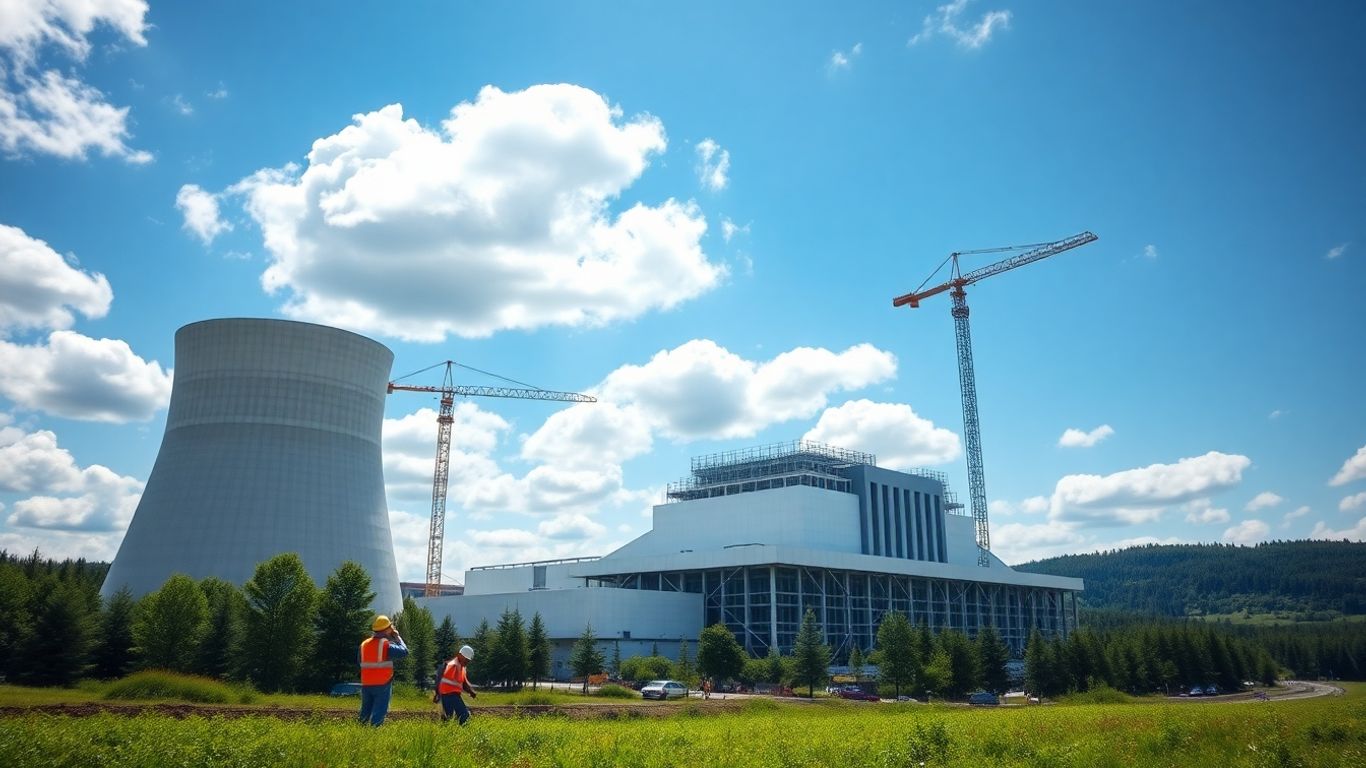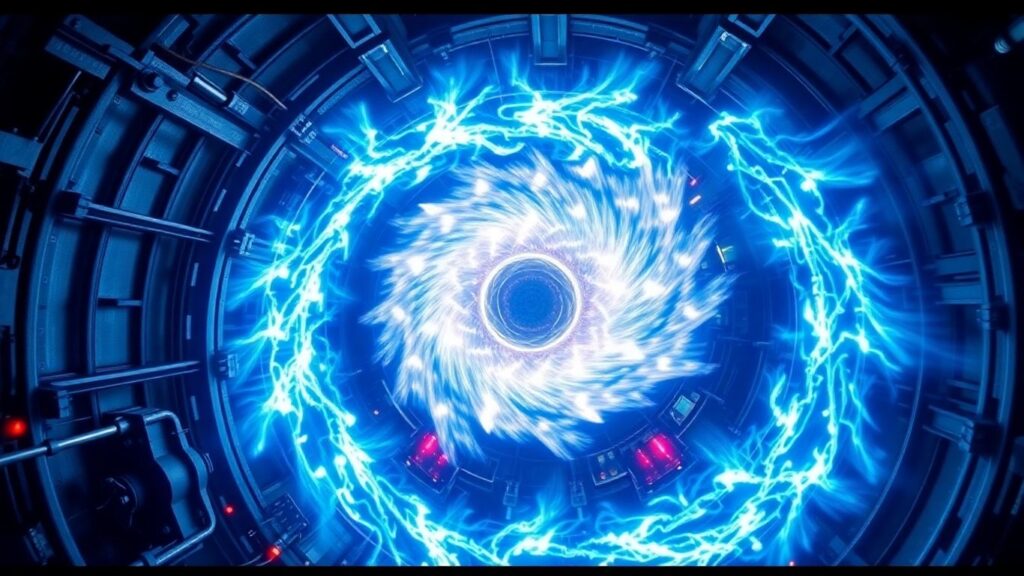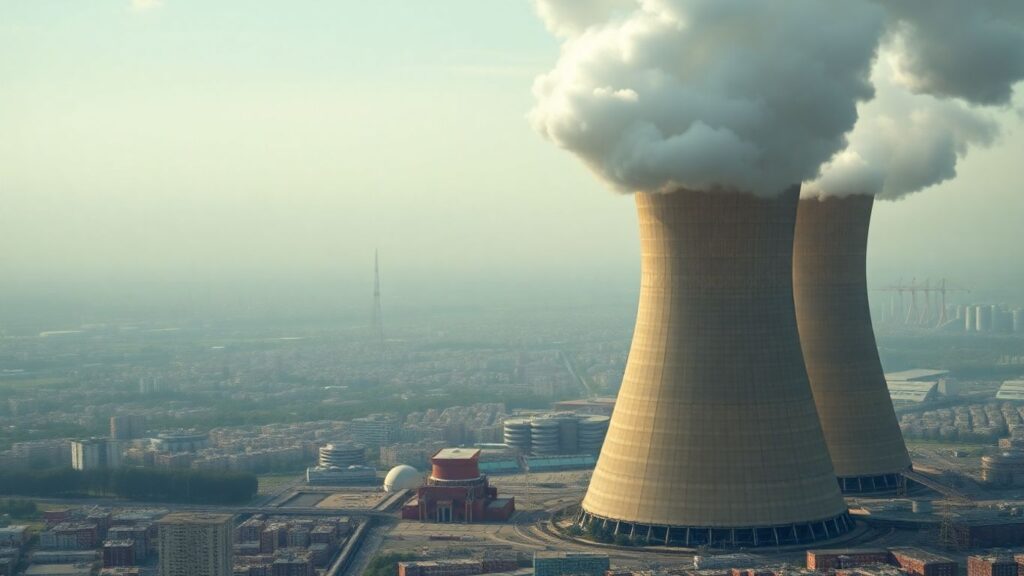Ontario has made history by starting construction on Canada’s first small modular reactor (SMR), positioning itself as a leader among G7 countries in advancing new-generation nuclear technology for clean electricity. This move is part of the province’s wider push to address surging power needs while achieving climate goals.
Key Takeaways
- Ontario is the first in the G7 to construct an SMR, at the Darlington nuclear site.
- The project is part of a broader strategy to expand nuclear capacity and ensure reliable, low-emission energy.
- Experts praise the reliability and affordability of nuclear but debate the long-term cost and flexibility.
Ontario’s Ambitious Energy Vision
Ontario’s decision to build an SMR is driven by expectations that its electricity demand will double over the next quarter-century. The rise of electric vehicles and stricter industrial carbon mandates are fueling soaring energy needs. Ontario currently generates more than half its electricity from nuclear sources and plans a massive expansion — including nearly doubling output at Bruce Power and potentially refurbishing the aging Pickering plant.
The new SMR at Darlington is a flagship for this next phase. By leveraging advanced reactor designs, the province hopes to add flexibility and efficiency to its grid. Ontario Power Generation (OPG) is also exploring options for three more SMRs at the Darlington site, which together could power over a million homes.
Clean Energy and Economic Opportunity
Nuclear energy is seen by the provincial government as essential for meeting emissions targets without sacrificing reliability. "Base-load power through nuclear remains the best way to build emissions-free electricity," said the Ontario Energy Minister. Alongside investment in hydroelectric, wind, and other renewables, Ontario’s low-carbon grid has become a selling point for attracting industry, including major auto manufacturers focused on electric vehicles.
The federal government supports these efforts, offering 15% investment tax credits for clean power infrastructure, including nuclear. This collaboration aims to support job creation and economic growth, as well as clean energy leadership on the global stage.
Debates Surround Long-Term Costs and Alternatives
Despite strong government support, the nuclear expansion raises questions among some energy experts. Critics point to the immense potential costs—upwards of $400 billion in new generation and grid infrastructure by 2050—and urge the province to consider rapidly advancing alternatives like wind, solar, and energy storage. Detractors warn that committing to nuclear locks Ontario into expensive, long-lived assets, perhaps at the expense of more flexible modern options.
Nonetheless, proponents argue that Ontario’s experience with nuclear has proven its worth through decades of reliable, affordable, nearly emission-free power. The decision to move forward with refurbishment of older plants, and build new ones like the Darlington SMR, is seen as an investment in the province’s prosperity and environmental responsibility for decades to come.
Next Steps for Nuclear Power in Ontario
The successful operation of the new SMR could pave the way for further units and serve as a model for other provinces and countries considering nuclear in their own clean energy transitions. The provincial government is currently reviewing the feasibility of refurbishing Pickering’s reactors, potentially extending their life beyond 30 years.
As construction begins, Ontario’s nuclear renaissance demonstrates a commitment to innovation and climate leadership—even as the debate over the best path to a clean energy future continues.
Sources
- Ontario Newsroom, Ontario Newsroom.
- Ontario prepares to go big on nuclear, with demand for electricity poised to soar, CBC.












